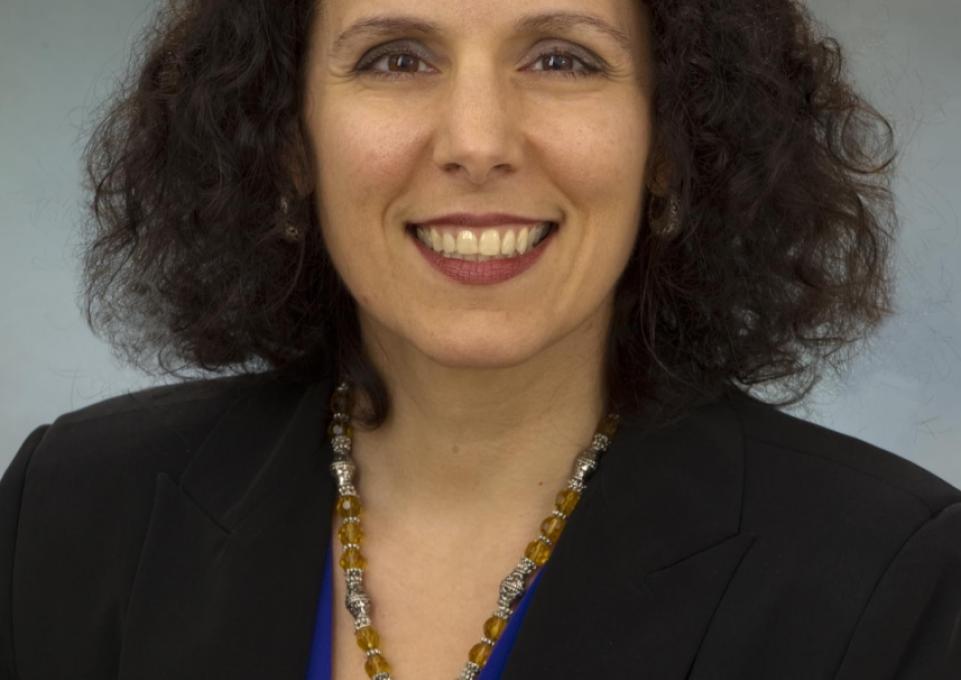
Any woman who has searched for a well-fitting pair of pants or the perfect little black dress should understand the impetus behind Lynn Boorady’s research.
Boorady, associate professor and chair of fashion and textile technology, has studied clothing sizing for more than 20 years, and she’s the first to admit it’s puzzling at best. When it comes to women’s clothing, especially, there is no industry sizing standard, meaning it’s up to each designer to decide the ideal female shape. Thus, finding clothes that consistently fit can pose a challenge for many women.
Boorady has been featured twice in Time magazine articles for her expertise on women’s clothing history—one on the modern bra and the other on sizing.
While working toward a master’s degree at Cornell University in the early 1990s, Boorady completed her dissertation on sizing for children’s clothing from the 1860s to the present.
"I thought it was strange that children's clothing was sized by age, yet their size often does not fit their age," said Boorady. "Then I started looking at women’s clothing and seeing the disparity among brands and stores. You could try on four pairs of pants in the same size, yet only one pair fits."
Historically, ready-made clothing was not meant to fit perfectly. Up until the 1960s, shoppers just assumed they had to take their store-bought clothing to a tailor for adjustments, Boorady said. Of course, that is not the expectation today. This is why it’s so important to try everything on and not get caught up in the numbers, she said.
"If a piece of clothing fits, don’t worry about the size," emphasized Boorady. "Tear the label out if the size bothers you. It's a comment on the company, not you."
This situation has only improved slightly in recent years following a 2002 national study, Size USA, which conducted body scans on more than 10,000 women and men to adequately reflect modern body types. The last time women had been measured for a major study was in 1939. Between then and 2002, the sizing numbers for the general population had just been massaged.
"I don't believe in standardizing all apparel; that would mean clothing would fit few consumers in this country," said Boorady. "In America, we are such a melting pot with lots of different cultures and ethnicities, you can’t do one size fits all."
To cover the wide range of body types, designers are offering more choices—slim fit, curvy fit, for instance. At the same time, there remains a disconnect. Fifty percent of the female population wears a size 14 or larger, yet the majority of designers make clothes for slender women, she noted.
"Very few designers have the plus-size woman as their ideal," she said. That is slowly changing as more niche markets emerge with clothing designed for large-busted women, tall women, and plus sizes.
"There are still not great choices, but they are better," said Boorady who wrote about sizing of apparel for overweight and obese consumers for a chapter in the 2014 book Designing Apparel for Consumers: The Impact of Body Shape and Size.
At the same time, more designers are using vanity sizing—extra-small and triple zeroes—with the larger sizes adjusted accordingly.
"Manufacturers do the same thing to men that they do to women," she said, "only it's sizing larger, not smaller to make the consumer feel better."
